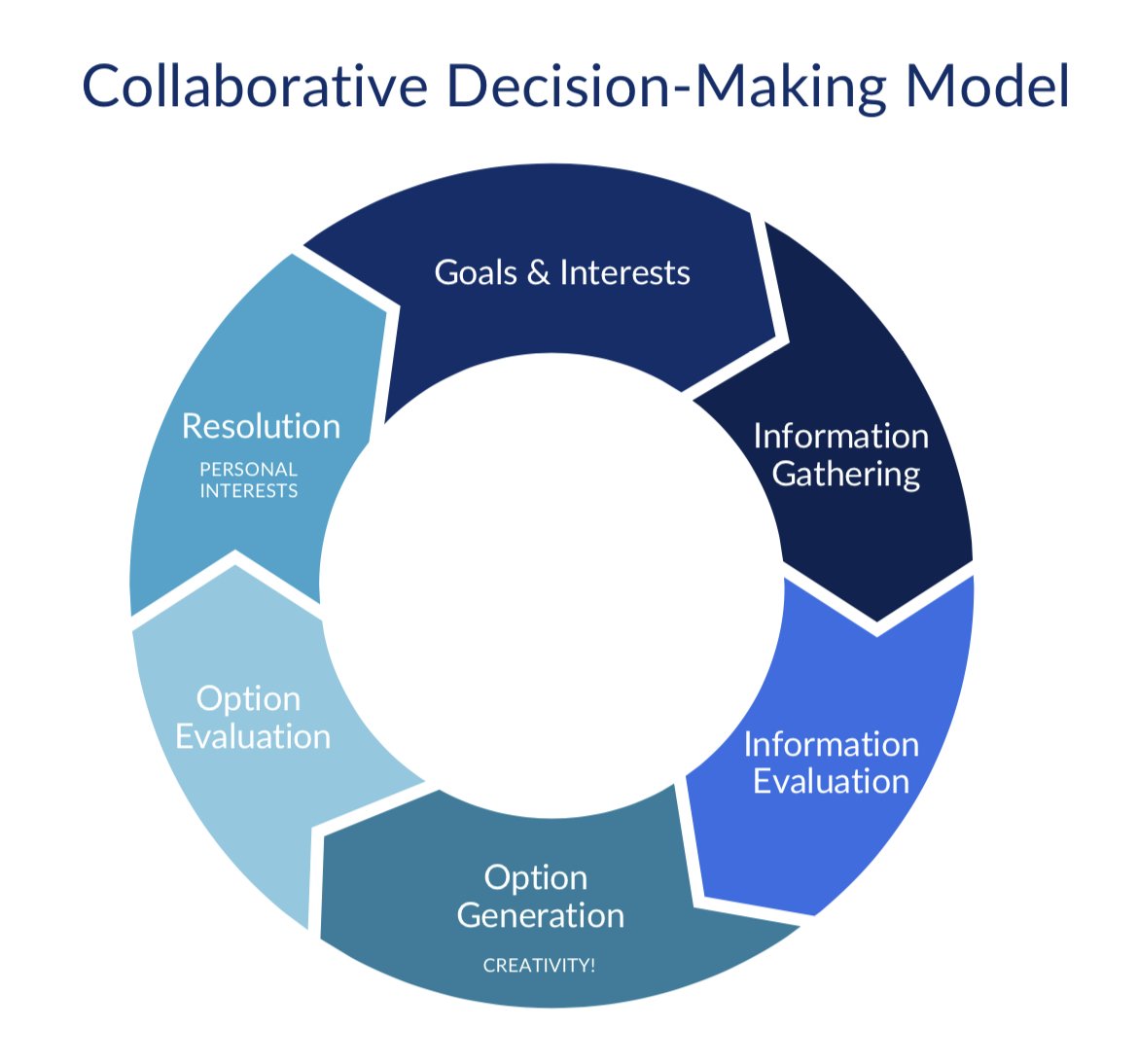
Collaborative Process
-
What is Collaborative Law?
Collaborative Law is a dispute resolution method for any person who wishes to resolve his or her Family Law matter with respect, dignity, honesty and compassion. In a Collaborative Process, each party hires an attorney who specializes in this non-adversarial and family-first approach to problem solving. Both Maggie Nestheide and Diana Link are seasoned Collaborative professionals who feel passionately about doing Collaborative work. You can learn more about the unique features of the Collaborative process as well as the training required for Collaborative attorneys at the Cincinnati Academy of Collaborative Professionals website.
-
Assembling Your Collaborative Team
Most parties start by hiring Collaboratively trained attorneys. You can find a list of other Collaborative attorneys in the Cincinnati area here. Once both parties have Collaborative counsel, the atttorneys typically confer to discuss which neutral Collaborative professionals could aid the parties in resolving their case. Most frequently, we utilize a Family Relations Specialist, who is a mental health professional acting in a facilitative, rather than a therapeutic role in the Collaborative case. The Family Relations Specialist assists with the creation of the parenting agreement as well as expertly navigating the emotional currents of the case. Other neutrals who may be involved are Financial Specialists such as business valuation experts, tax and financial planning experts, and retirement division experts.
-
Signing the Collaborative Contract
The defining feature of the Collaborative process is the Collaborative contract. In the Collaborative contract, the parties make certain promises to each other, such as an agreement not to file for divorce in court, to be honest at all times, to provide all documents and information willingly and in a timely manner, to conduct themselves respectfully, and to work together toward mutual goals for the future of their family. The Collaborative contract is typically signed in the first group meeting. After the contract is signed, the parties each have an opportunity to voice their goals for themselves, their children, and the Collaborative process. These goals are written down and referred to often as the process continues.
-
Completing the Collaborative Process
The majority of the work in a Collaborative case is done in in-person “team” meetings with both attorneys, both parties, and the Family Relations Specialist and any other neutral professionals. The Collaborative team follows the process outlined in the graphic above as many times as may be necessary until all issues are resolved. The number of Collaborative meetings your case will require will depend both on the number of issues present in your case as well as the level of agreement or disagreement between you and your spouse. Once agreements are reached, the attorneys draft the necessary documents to file a dissolution with the court. Ohio law permits Collaborative cases to be heard by the judge more quickly than other cases, and final hearings can be held less than thirty days after agreements are filed with the court.

